Worldcoin launched nine months ago to accelerate the adoption of Proof of Personhood and decentralized finance, which will be fundamental in the age of AI.
Already more than 10 million people in 160 countries have created a World ID and a compatible wallet, which they’ve used to perform 75 million transactions. As of today, millions of people have also verified their World ID using an Orb.
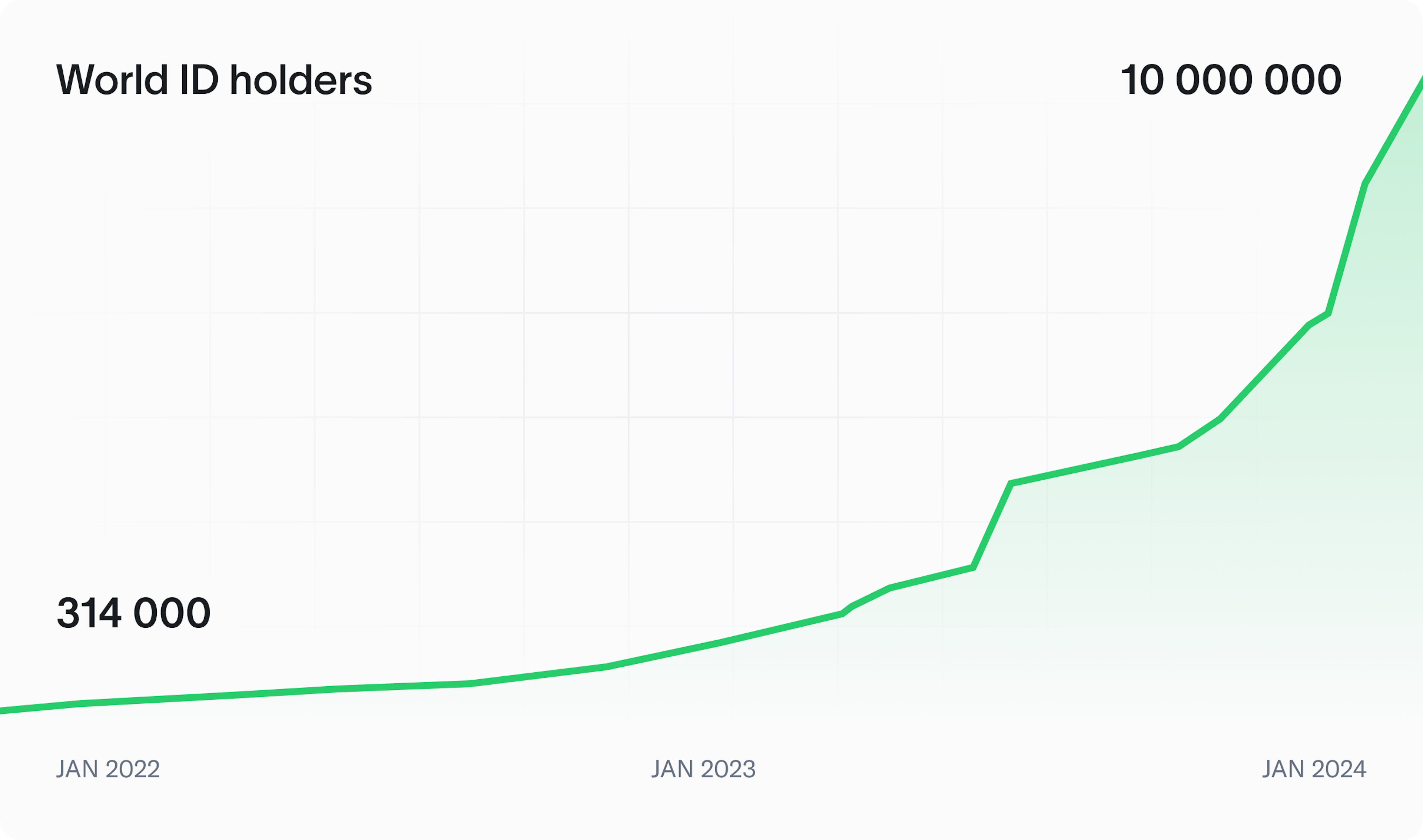
Continuing to onboard people at this accelerated pace will require significant leaps in blockchain technology, particularly around efficiency, user experience, and utility.
This is an initial preview of World Chain—a blockchain designed for humans, built to scale the Worldcoin protocol and the broader Ethereum community to 1 billion people and beyond.
Blockspace for all humans
Worldcoin user transactions currently represent about 44% of OP Mainnet’s activity, making it the largest application on the network. Often during spikes this rises over 80%, and at times it flat out exceeds the limits. Given the scale and growth rate of the community, it’s time to graduate to a dedicated network.
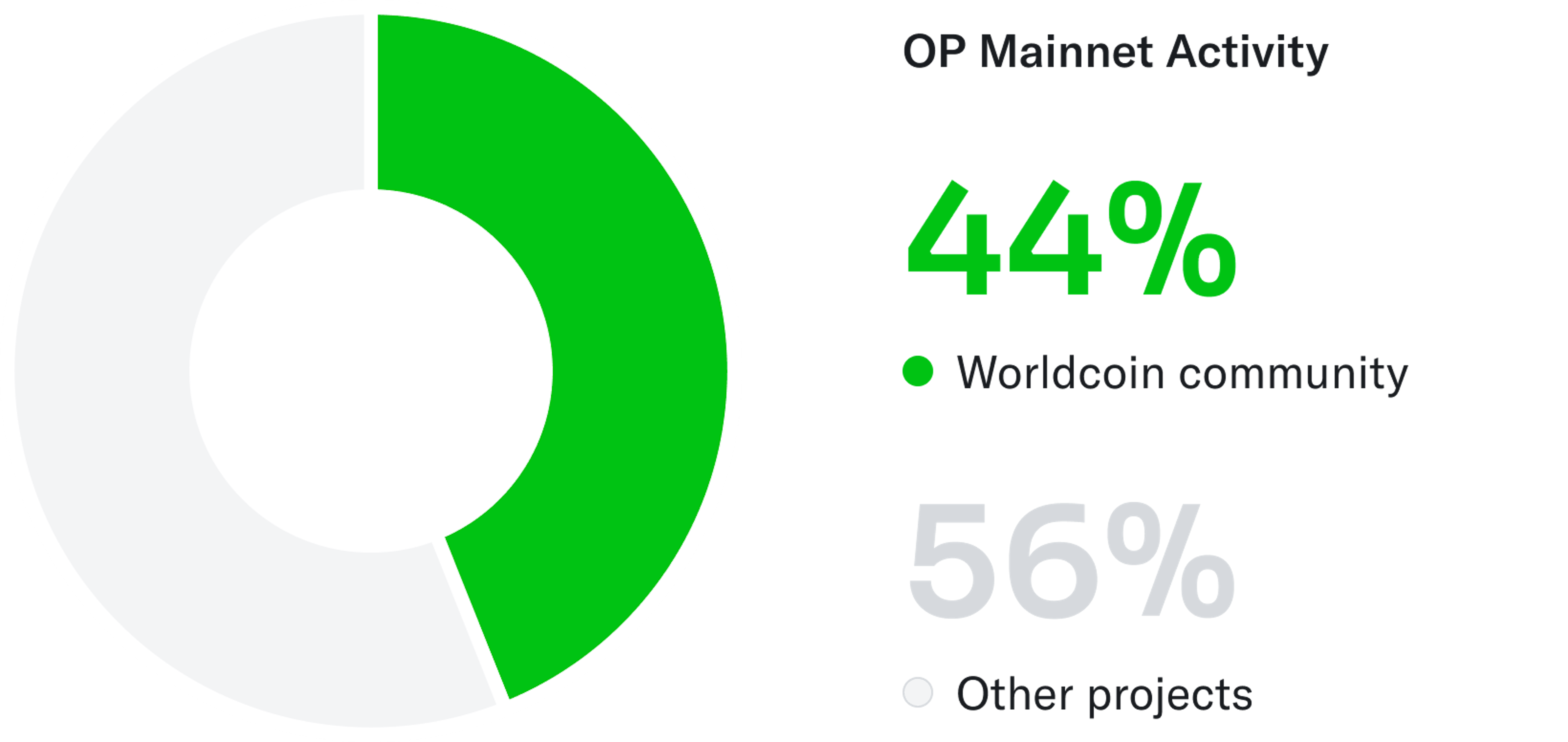
Worldcoin users currently represent about 44% of all L2 gas consumed on OP Mainnet.
World Chain is designed first and foremost to significantly increase capacity so new people can continue to join at scale, and existing users can enjoy faster, cheaper, and more reliable transactions.
Migrating to a dedicated network will already yield meaningful gains. After this, World Chain will be on the forefront of scaling and decentralizing the Layer 2 paradigm on Ethereum with the Superchain ecosystem. For more details visit the technical post.
Priority & gas for humans
Much like the rest of the internet, many of the problems blockchains face today are aggravated by “bots”. By some estimates, as many as 80% of blockchain transactions are automated, and while many are for valid use cases, unproductive bots like airdrop farming ones often lead to congested networks and high fees. Ironically this tends to get worse as blockchains optimize for low gas fees and high throughput.
World Chain will address this with World ID. Just as people can use World ID to anonymously prove their humanity on apps—like Discord servers and Subreddits—they will have the ability to verify their addresses on World Chain. This is optional and anonymized through zero-knowledge proofs, meaning addresses are fully delinked from the person’s identity, and they simply get a verification akin to a blue checkmark.
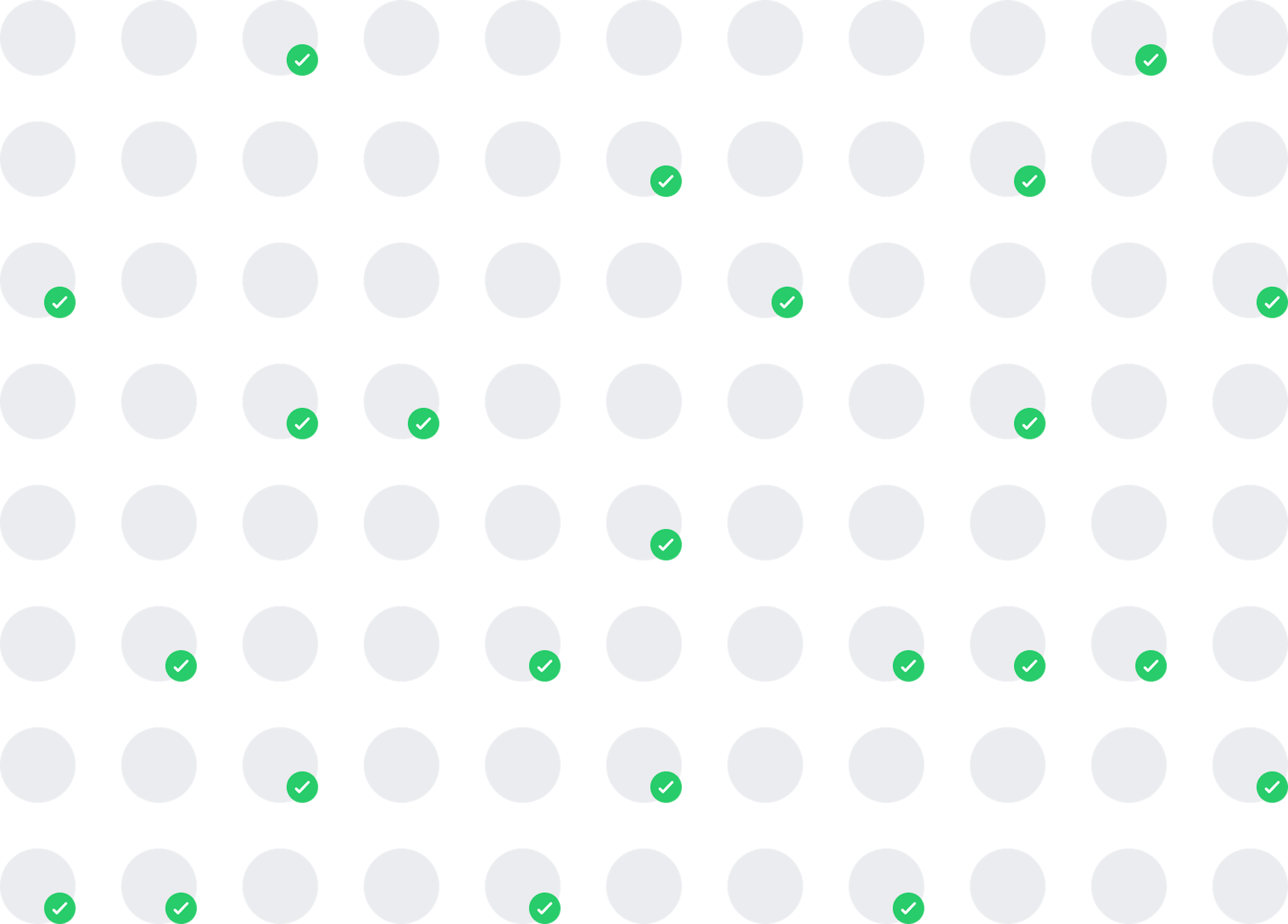
World Chain users can optionally and anonymously verify their addresses as real humans using World ID to get priority blockspace and a gas allowance.
As a permissionless network, everyone will be able submit transactions to World Chain, but those created by verified humans will be prioritized for faster confirmation times.
Verified addresses will also receive an allowance of some free gas. The goal is not just to be more inclusive, but to minimize the friction to get started. The protocol will seek to reach an equilibrium where gas for casual users is ultimately covered by fees from bots and power users. In the meantime, it will be sponsored by the Worldcoin Foundation.
Lastly, in addition to ETH which will remain the native token, it will be easy to pay fees using WLD. This means that when verified humans claim their WLD grants every two weeks (where available*), they will immediately be able to use it for their favorite apps.
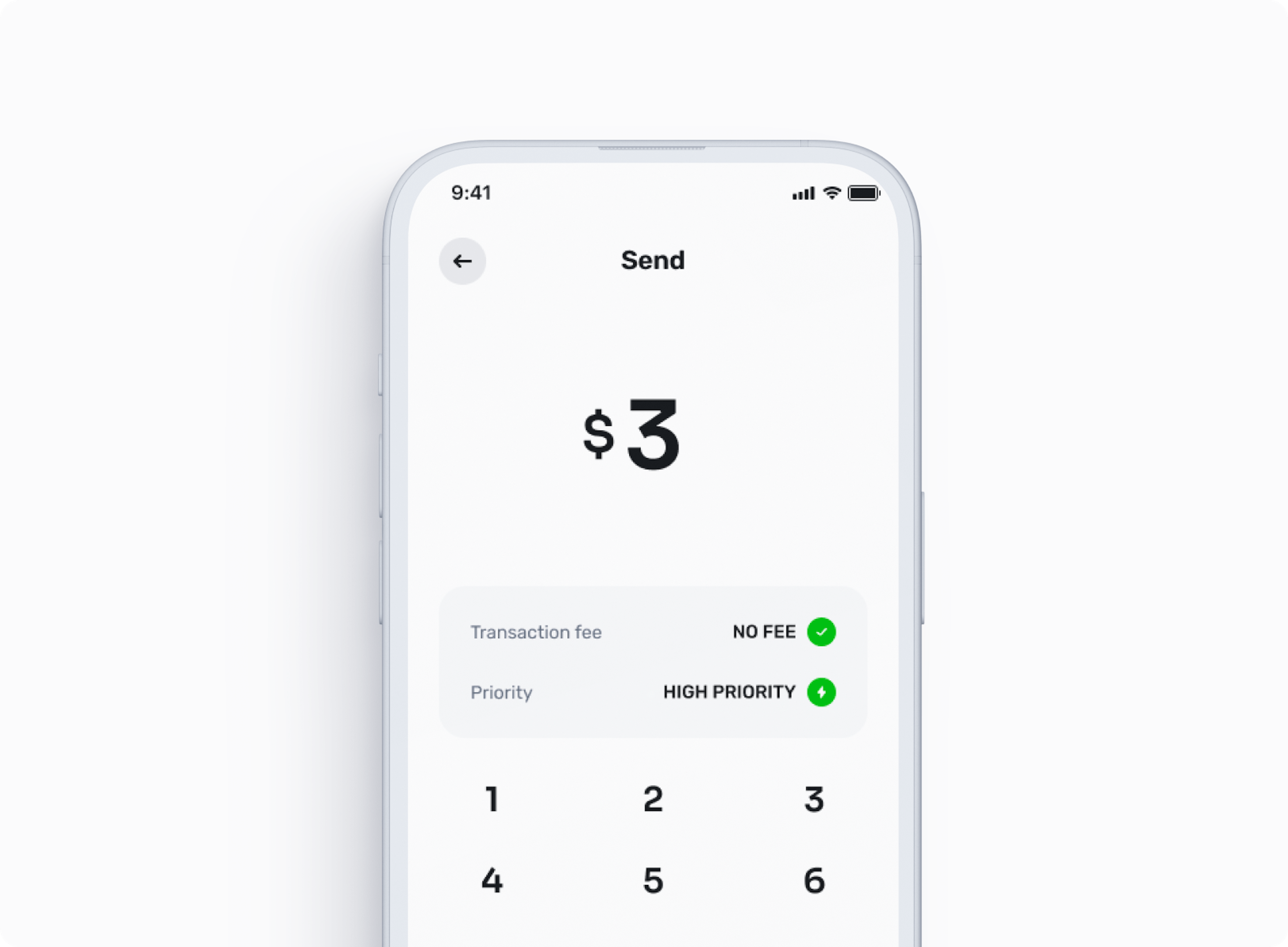
Real world apps for millions of humans
For developers, World Chain will be a place to reach onchain users at scale. From day one more than 10 million people across 160 countries will be able to explore and use onchain apps through compatible wallets, starting with World App.
Rather than trying to cover every possible blockchain use case, World Chain will be an ecosystem of decentralized financial and identity apps focused on utility for everyday life. This will be uniquely enabled by World ID’s sybil resistance and built around Worldcoin, stablecoins, payments, rewards, ramps, lending, swapping, and more.
Future Worldcoin Community Grants, including the recently announced Wave 1 program, will support developers in the community, and they will also be eligible for consideration in Optimism Retroactive public goods funding. For any other types of World Chain partnerships you can reach out to the Worldcoin Foundation.

By humanity, for humanity
Along with the rest of Worldcoin, for World Chain to succeed it must be built, owned and governed by all of humanity.
From day one it will be open source, permissionless and Ethereum aligned. Developers supporting the Worldcoin protocol will continue to contribute directly to the Ethereum network (just like they did for EIP-4844) and collaborate with the developers working on the Optimism and Base networks, as well as the rest of the Superchain ecosystem, on shared infrastructure, scaling, security and interoperability.
Importantly, World ID and WLD will remain neutral public goods able to be used and deployed on networks beyond World Chain.
We expect a developer preview of World Chain very soon, and a full launch later this summer.
You can apply for a Worldcoin Community Grant to build on World Chain today, reach out for partnerships and join the conversation on X and Discord.
Haftungsausschluss
*Eligibility for Worldcoin (WLD) tokens is restricted based on geography, age, and other factors. WLD are not available to, or intended for, people or companies who are residents of, or are located, incorporated or have a registered agent in, the United States or certain other restricted territories. However, World ID and TFH’s World App remain available in the United States. For details, go to: www.worldcoin.org/tos. Crypto products can be highly risky. Important User Information can be found at www.worldcoin.org/risks.
The above content speaks only as of the date indicated. Further, it is subject to risks, uncertainties and assumptions, and so may be incorrect and may change without notice. A full disclaimer can be found in our Terms of Use and Important User Information can be found on our Risks page.
Ähnliche Artikel
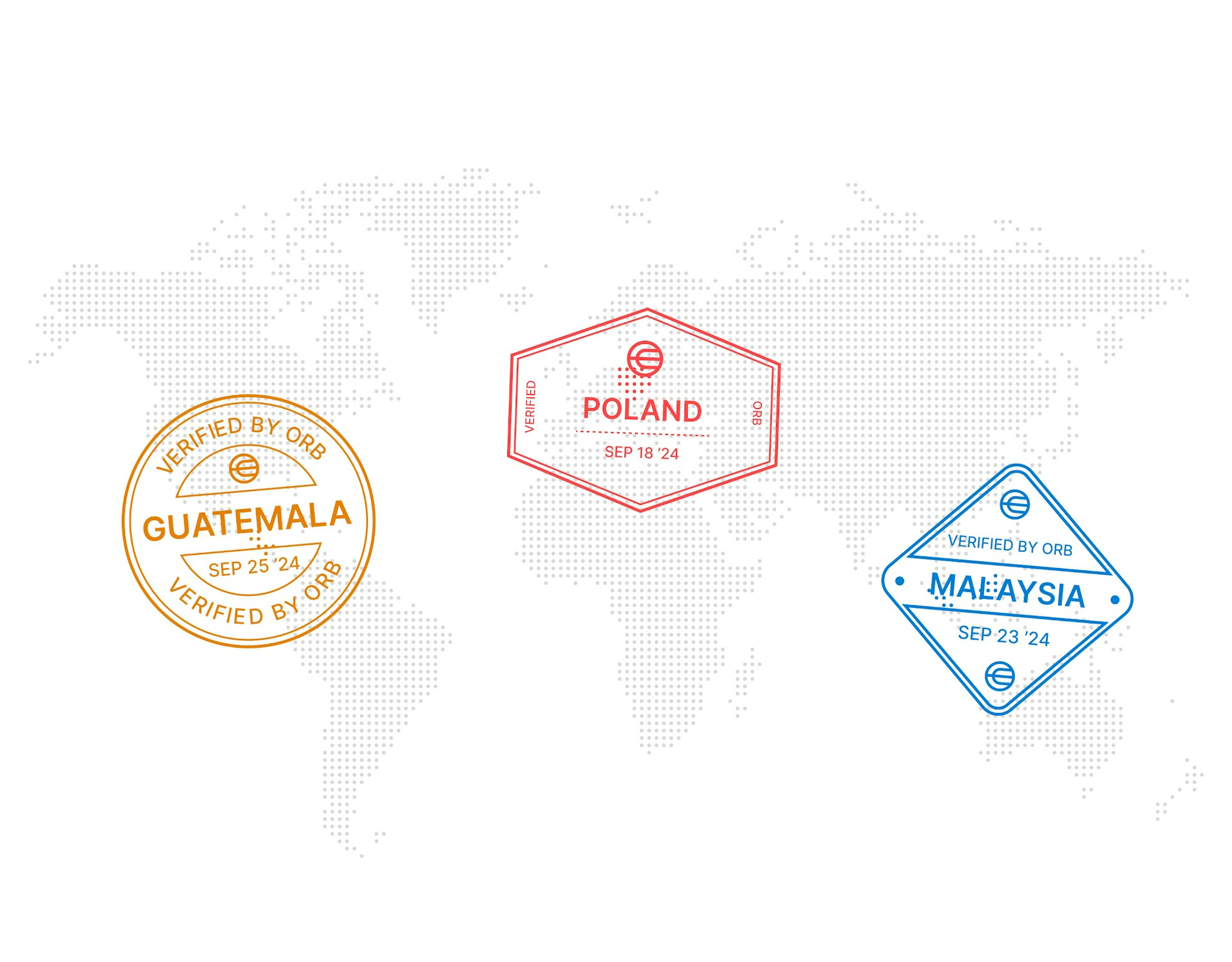
Ankündigungen ·
Der Start von World ID in Guatemala, Malaysia und Polen kommt zu einem entscheidenden Zeitpunkt für die KI.
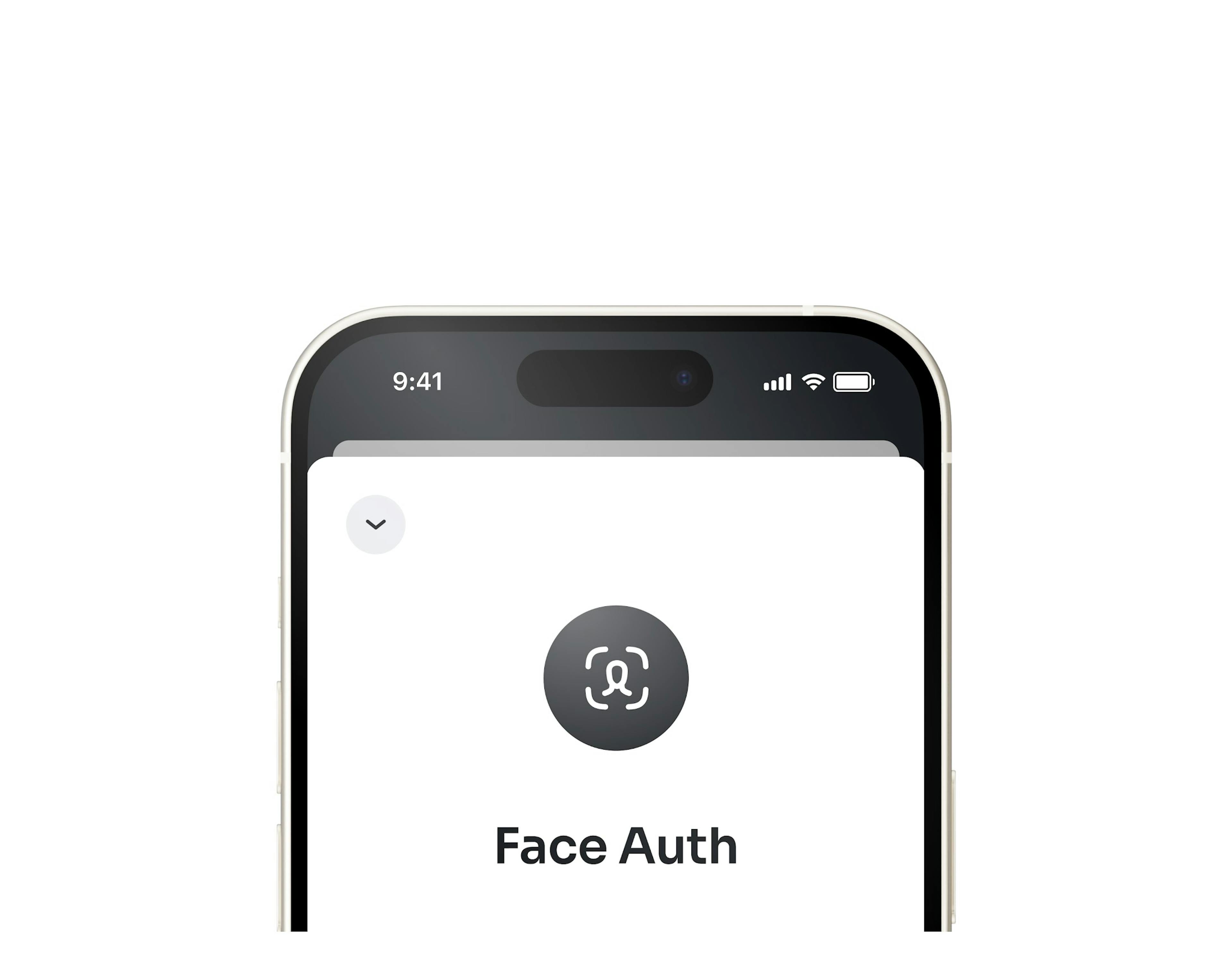
Ankündigungen ·
Face Auth: Worldcoins neueste dateschutzfreundliche und sichere Technologie
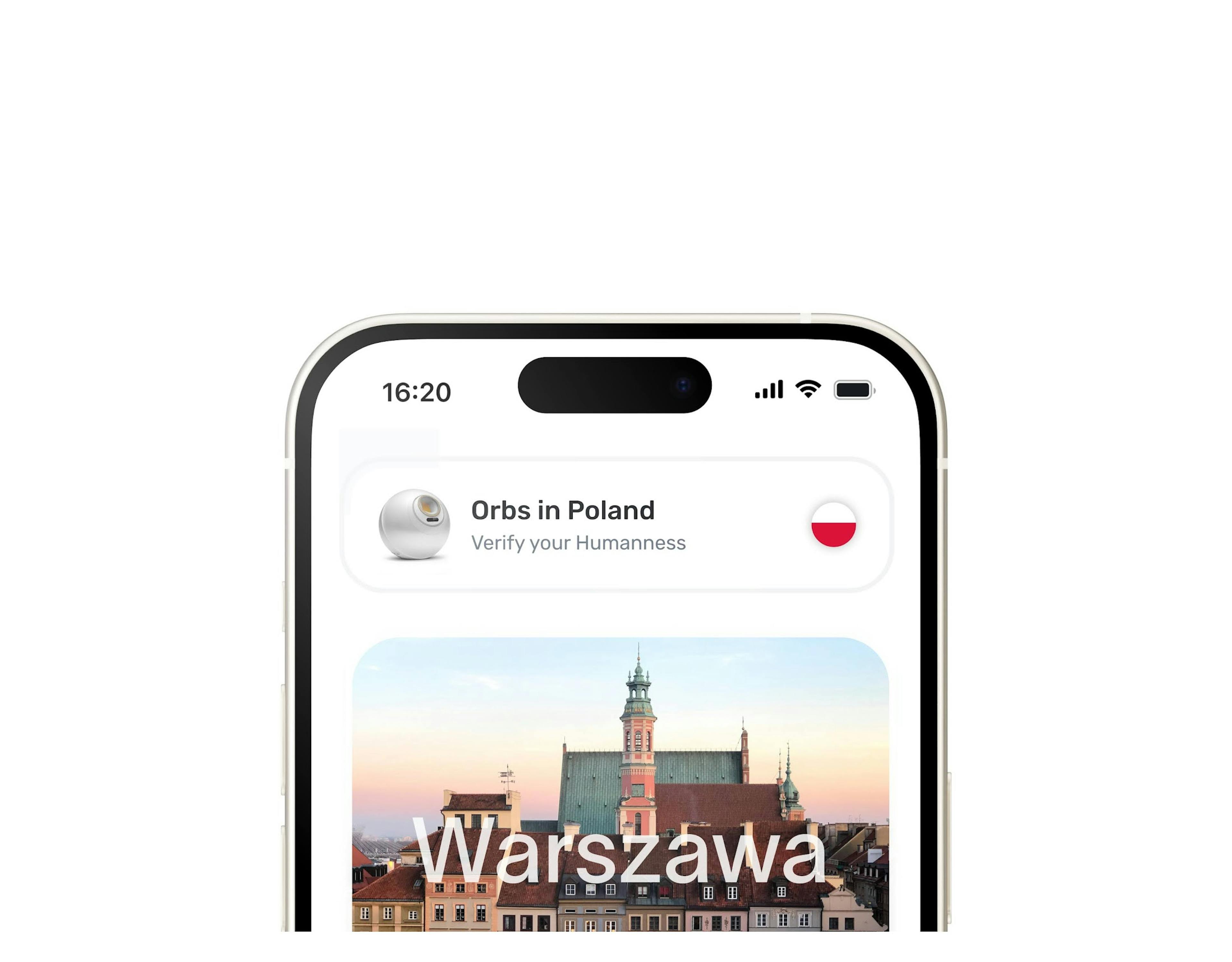
Ankündigungen ·
World ID startet Verifizierungen in Polen – Stärkung des Vertrauens im Internet
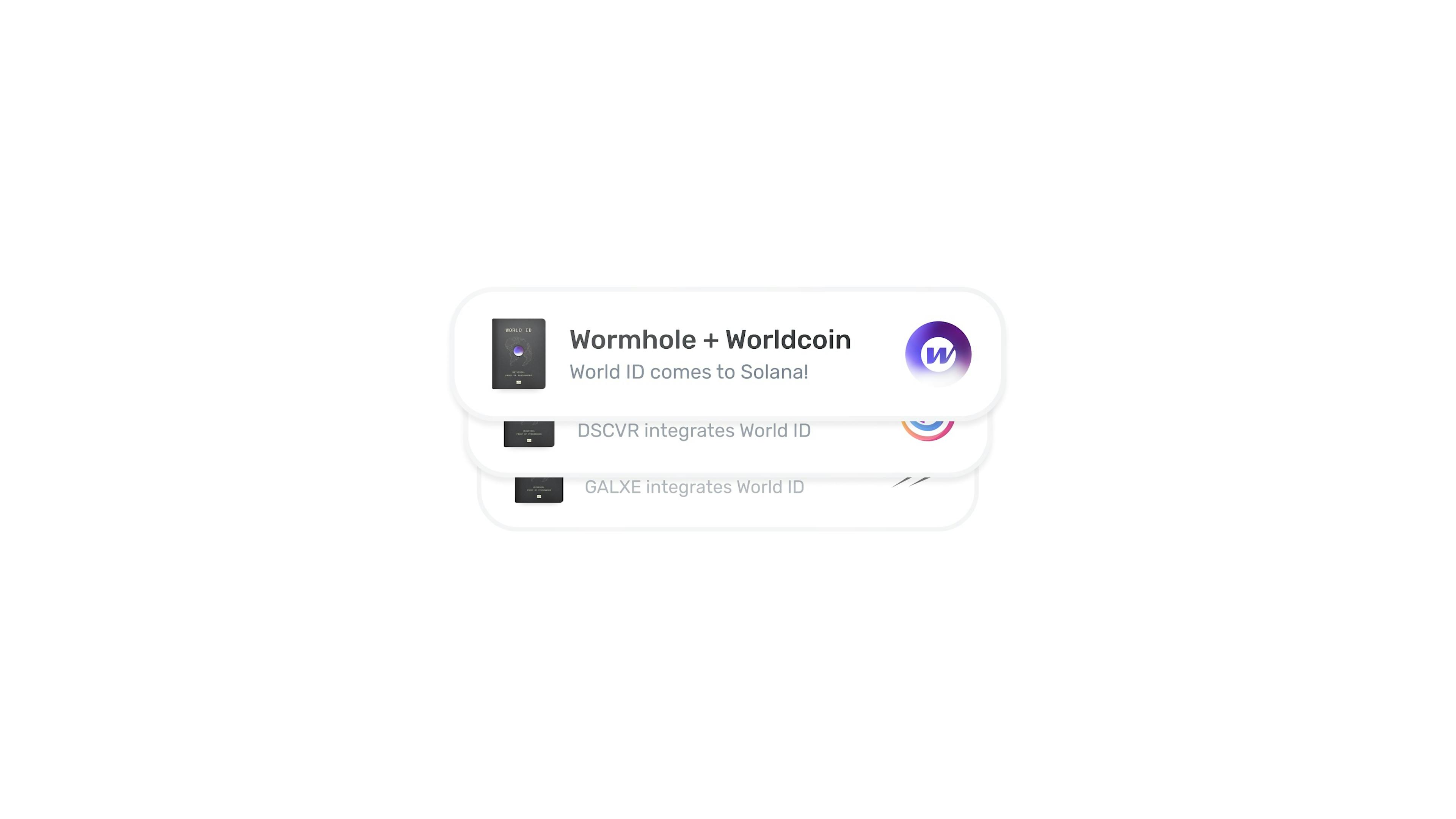
Ankündigungen ·